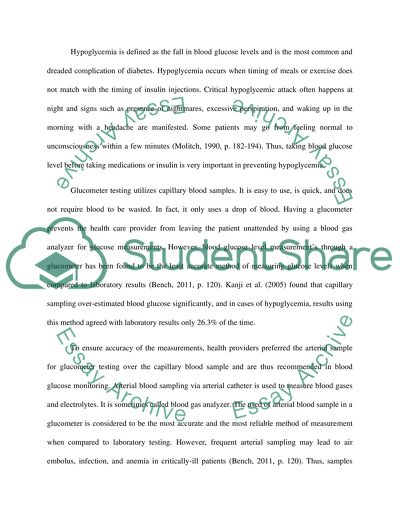Cite this document
(“Glucometer Assignment Example | Topics and Well Written Essays - 1500 words”, n.d.)
Retrieved from https://studentshare.org/health-sciences-medicine/1418944-glucometer
Retrieved from https://studentshare.org/health-sciences-medicine/1418944-glucometer
(Glucometer Assignment Example | Topics and Well Written Essays - 1500 Words)
https://studentshare.org/health-sciences-medicine/1418944-glucometer.
https://studentshare.org/health-sciences-medicine/1418944-glucometer.
“Glucometer Assignment Example | Topics and Well Written Essays - 1500 Words”, n.d. https://studentshare.org/health-sciences-medicine/1418944-glucometer.


